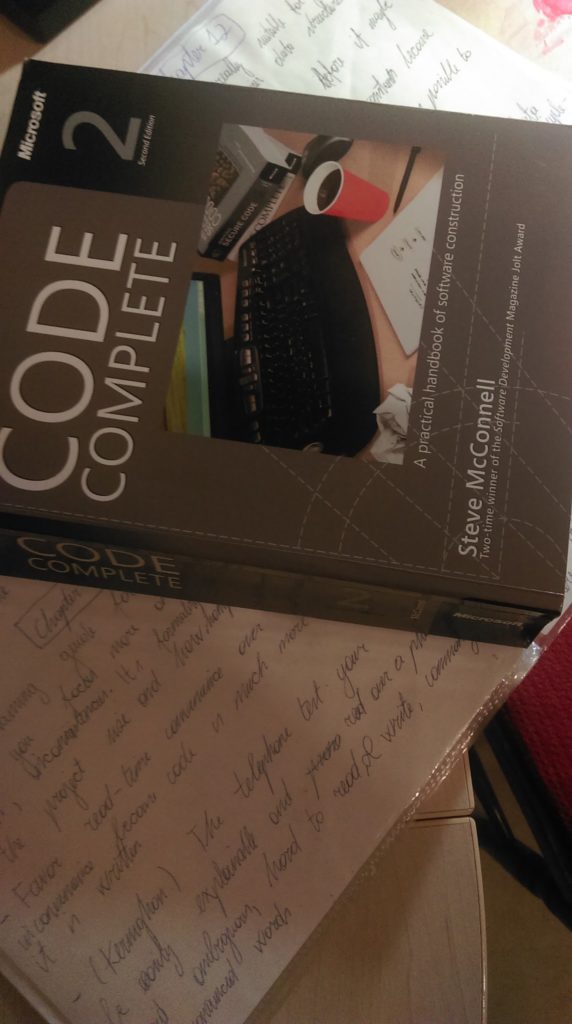I see time and time again this myth that programming languages have varying speeds perpetually peddled in various discussions between programmers in different IRC channels, forums, and so on. Some people think that, for example, C is much, much faster than Python. And a few of them go even further – they argue that C is a language that is “close to the metal”. Well, let me tell you. The code that you write in C is actually dedicated for a virtual machine that can eat that code and spit out assembly which roughly does the things that it is supposed to according to the C language standard. Why roughly? Simply because that virtual machine is poorly defined and it has a lot of undefined behaviour. This opposes our original argument that C is “close to the metal”. How could real hardware be poorly defined? Could it be that if you executed a certain instruction one time it would do something completely different, that was not mentioned at all in the CPU manual? Well, the answer is obviously no. Nobody would use such computers.
In general, a language (either spoken or a programming language) is just a conjugation of lexicon, syntax, or, in other words, it is just a way for us to express our thoughts that is understood by other people or computers either by using their brain to interpret the sounds waves that reach their ear-drums or by interpreting the logical structure of text. A computer at the end of the parsing pipeline really just executes a *lot* of “primitive” instructions at the CPU level (for brevity let’s say that only the CPU executes instructions and takes significant decisions). And those instructions don’t take the same amount of time to execute. How could it be that one way or another would be faster? It really mostly *depends* on the parsing part. Obviously, CPU have these things called caches and so on which might influence results but the former part still remains the most important one.
Certainly all of those abstractions don’t come without a cost but at the bottom line the languages themselves don’t define how fast they are. Instead, what we should be talking about are their implementations at the very least. I am pretty sure that when people are having those discussions, they do not have some kind of fastest or slowest implementation in their mind. So, if we are talking about speeds, we ought to compare the speeds of functionally equivalent, compiled programs on specific implementations. Even then it is problematic because we need to agree on what is the definition of “speed”.
The number of CPU instructions that are executed? Well, some instructions are faster, some are slower. Just because there are more of them does not mean that the program is slower.
Number of source code lines? The sheer size of program’s size does not translate directly into how big the resulting executable is. Also, see the former paragraph.
Memory usage? Even if some program allocates, let’s say, 2GB of RAM it still doesn’t mean that it is slower. It might calculate the answer quicker regardless of how much RAM it needs.
All in all, ideally we would be talking only about objective things. However, I think this is an utopia in general and in this case because the benchmarking software still runs on some kind of operating system, specific hardware, and so on. Perhaps there is no need to go into so much detail about objectivity when doing a comparison of programming languages but we should at least look at the tip of the ice berg.
That tip is the specific compiler and its version. The benchmarking method and/or software should also be included. You could even include the definitions of various words such as “speed” so everyone would be talking about the same thing when they are using (sometimes) convoluted terms. So, please, let’s all do our part and make our place a little bit more objective instead of spreading anecdata and encouraging people to practice cargo cult (people blindly switching from one language to another because they think it will make their programs magically faster) by saying that the programming language X is faster than Y.
